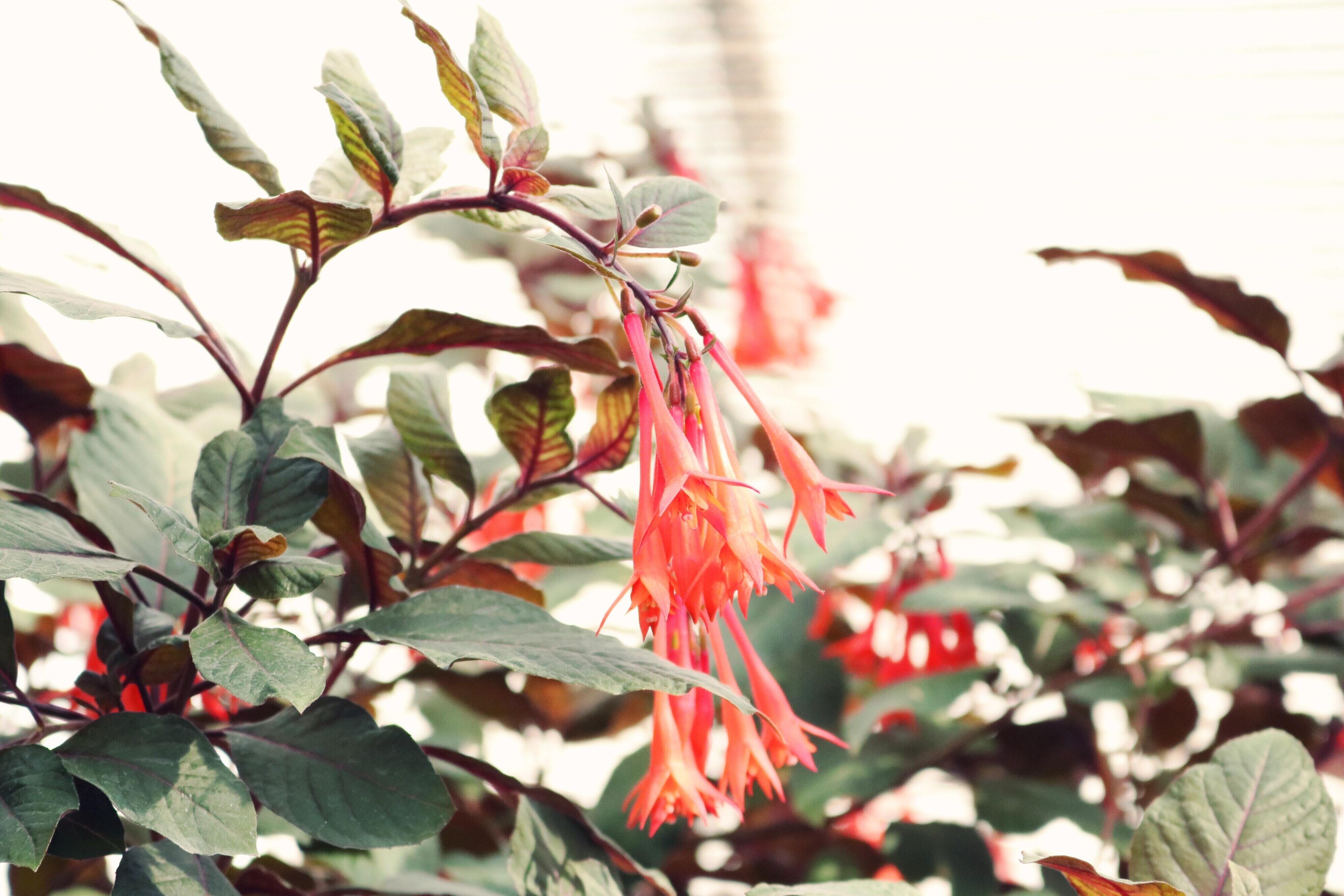Invasive Species

Invasive species include species that are not native to an area and can proliferate and aggressively alter or displace native biological communities. They often have adaptations that make them less desirable for browse animals like deer and have few native predators or diseases. Many also have adaptive advantages that make them able to outcompete other plants. Some of these traits include leafing out before native plants in the spring, producing more seeds or root spouts, and/or producing chemicals that inhibit the growth of surrounding plants.
The most effective way to manage invasive pests is to eradicate populations while they are still small. While invasive plants can be difficult to control, Management option include mechanical removal for small populations, herbicide application, and cut stump application for woody plants. With any treatment, it is important to consider a restoration plan for the post-treatment phase. Many invasive plants have extensive seedbanks in the soil from years of dominating a site. These seeds or foot fragments may continue to sprout for years after the initial treatment.
For large populations, it is often necessary to manage plants for several consecutive years and may be beneficial to have a restoration plan that includes planting of hardy native plants to help the ecosystem revert to a more diverse population of plants. Monitoring annually for the presence of the following invasive plant species is recommended:
- Phragmites (Phragmites australis)
- Buckthorn (Rhamnus spp.)
- Japanese barberry (Berberis thunbergii)
- Japanese knotweed (Polygonum cuspidatum)
- Garlic mustard (Alliariapetiolata)
- Honeysuckle (Lonicera spp.)
- Tree of Heaven (Ailanthus)
Please note: This is not a complete list, many areas have additional invasive plants. Please check your state natural resource website for additional information. For invasive insects, please see the forest pest page and the resources page.